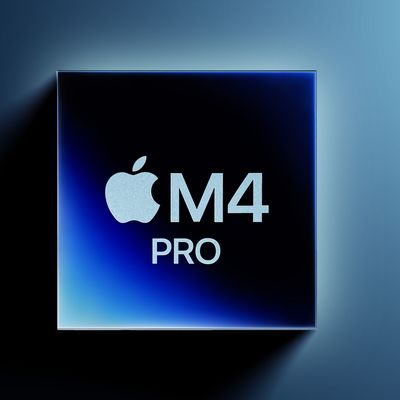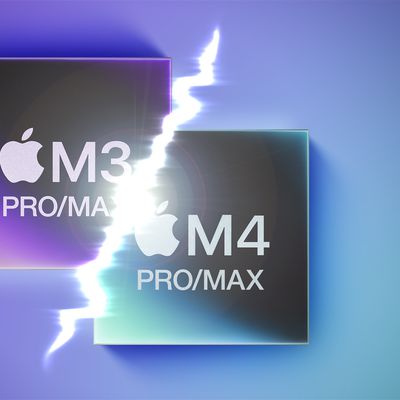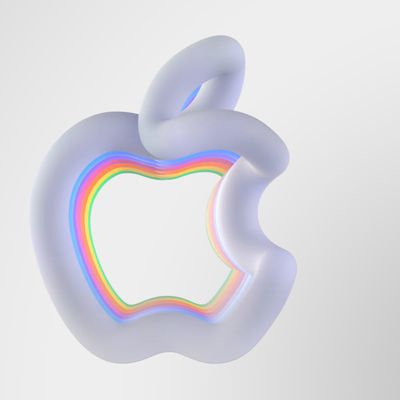Samsung and Globalfoundries announced yesterday that the two companies will adopt the same chip production process as they upgrade their manufacturing facilities in preparation for the next generation mobile devices. (Via Wall Street Journal) This announcement adds credence to an earlier rumor that Apple was negotiating with GlobalFoundries to start making the A-Series chip in the company's Malta, New York Fab 8 facility, with Samsung helping in the early stages of production.

As part of the agreement, Globalfoundries has agreed to drop its current 14 nanometer circuit technology and will instead license Samsung's 14 nanometer process. This standardization of production processes could have a significant impact on Apple, which can now source its A-series processors from either Samsung or GlobalFoundries without any additional engineering effort.
"What really drove us to this agreement was a strong pull from customers," said Ana Hunter, Globalfoundries' vice president of product management. "They see the value in really having one process where they have choice and flexibility in the manufacturing options that they have."
Intel is the first company to start producing chips based on 14-nanometer technology with production starting in the current quarter. Apple supplier Samsung is expected to begin volume production of its 14 nanometer chips in late 2014, while Globalfoundries may introduce the process in early 2015.
There is no information on how this agreement affects Apple's current chip manufacturing deal with Taiwan Semiconductor Manufacturing (TSMC). Apple reportedly contracted with TSMC to start producing its A-series chips in early 2014 using 20-nanometer technology. Apple turned to TSMC for its chip manufacturing needs as the Cupertino company strives to lessen its reliance on Samsung to meet its production needs. This balance of suppliers helps alleviate supply constraints that result from production problems at a single supplier.






















Top Rated Comments
http://semiaccurate.com/2014/04/17/global-foundries-samsung-sync-14nm-processes/
That means, that in next year we will see Chips based on this Process. And it will include GPU made by Apple in the same manner as Cyclone cores in A7 are...
http://semiaccurate.com/2014/03/25/details-apples-gpu-emerge/
http://semiaccurate.com/2013/03/25/what-is-apple-doing-at-14nm/ as a bonus... ;)
A8 - 20nm, quad core Cyclone 1.4/1.5 GHz CPU, PowerVR G6650?
A9 - 14 nm, Quad Core Hurricane(?) 1.5 GHz CPU, Apple Vision GP9(Based on Kepler/Maxwell Architecture from Nvidia)?
Of cause. They are only semiaccurate. At least they admit that in their website name.
It's not Samsung's Processes being licensed. It's a joint cross-licensing agreement to be a first of its kind unified platform where the client can expect both Samsung and GlobalFoundries to stamp out the same solutions, reducing costs by hundreds of millions to the clients.
It's a collaboration that extends their already developed research between Samsung, Global Foundries, TSMC and IBM.
The difference is that Samsung and GF are working together because TSMC is king and IBM is out of the fab business.
Besides the info on GloFo site, this technical article from Semimd gives one more insight:
http://semimd.com/blog/2014/04/17/globalfoundries-and-samsung-join-forces-on-14nm-finfets/
One of the key take aways is they are bypassing 20nm and going straight to 14nm.
----------
Just Malta, the most advanced one.
http://globalfoundries.com/manufacturing/300mm-manufacturing
Dresden which has a higher capacity, for older 45nm and below manufacturing isn't focused like Malta which is targeted for 28nm and below.
Fab 8 is where all the joint development is taking place, including the school of nanontechnologies.
The campus is in the middle of a $40 billion development, with Fab 8 fully operational now.
What is clearly not in the picture is TSMC, the other partner who developed FinFET 14nm with Samsung, IBM and GlobalFoundries.
IBM is getting out of the Fab business, so they will be pushing their demands off onto their partners to manufacture, while they focus on R&D.
Cyclone takes ideas from all the big wide desktop designs that have been prevalent over the past decade, whether it be Intel, AMD or IBM. There's no publicly disclosed feature of it that favors any one of those three over the other.
Nvidia is using their desktop design in mobile to unify their product line and simplify development costs. It's not as optimized for mobile workloads as PowerVR parts are. They would need an astounding reason to break backwards compatibility and do custom design of a GPU of a different architecture.